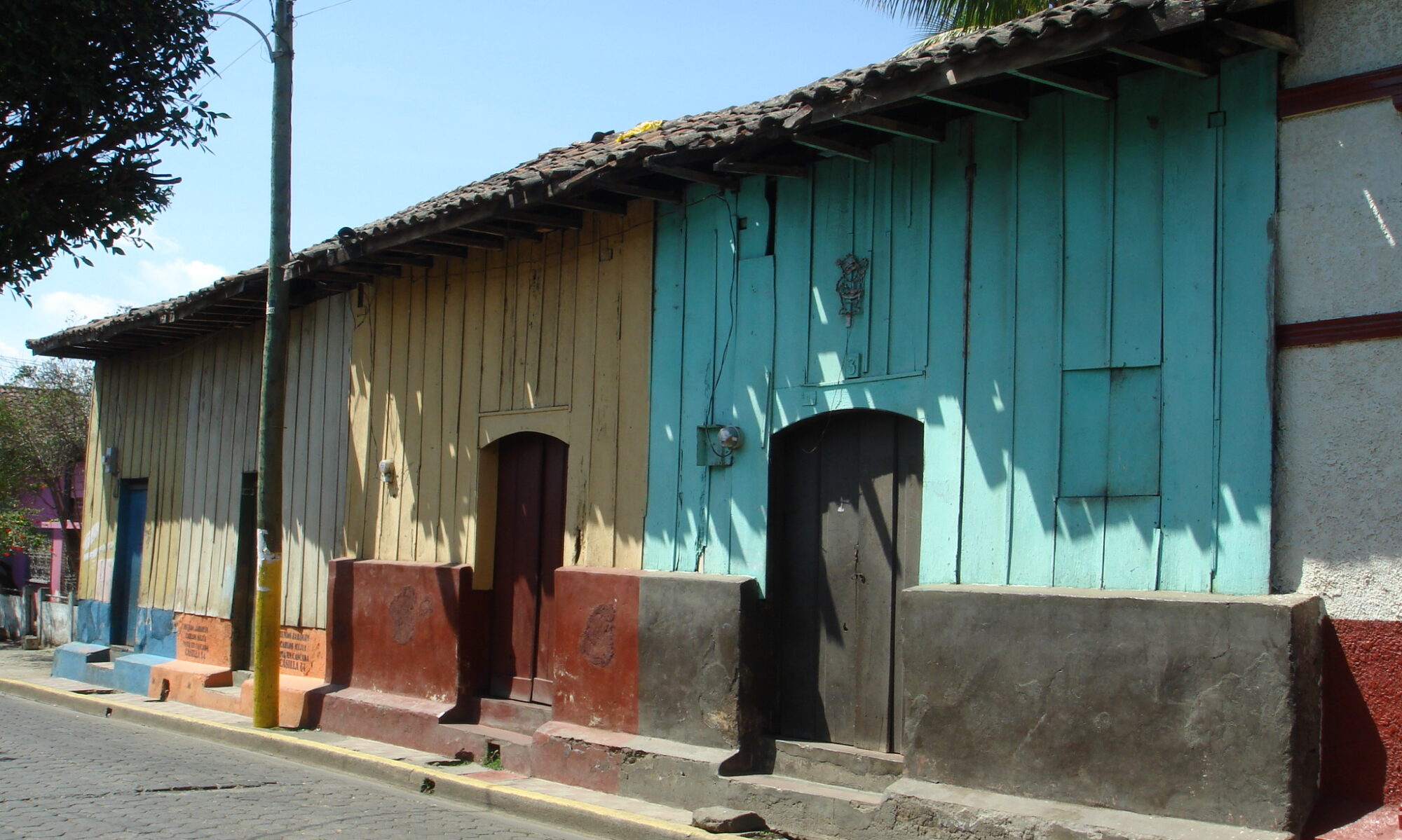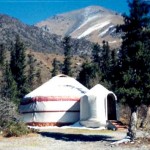TUTORIALS | HOUSING REPORTS
Some forms of vernacular or traditional housing construction use building practices, materials, and elements that result in good seismic performance. Such forms are particularly common for regions of high seismic risk: countries like Turkey, India, Japan, El Salvador, Peru, Kyrgyzstan, Portugal, Italy, etc. In many cases, good results have been achieved without any specific technical knowledge, but rather through a type of “natural selection” process applied to building construction. Because of the constant threat of earthquakes, the local population has learned the principles of earthquake resistant construction through a “trial and error” process. Poor earthquake performance of some construction practices resulted in their discontinued future use. On the other hand, the building practices that performed well were replicated and further improved after each new earthquake. Such a process has occurred across several earthquake prone geographical areas and cultures. Interestingly, a number of different cultures, living in similar circumstances, independently arrived at similar building techniques, without any known communication or exchange of technical know-how (not to mention conferences, workshops, technical journals, etc.!).
Further Introductory Reading: “Vernacular Housing Construction”
(Mauro Sassu, University of Pisa)
Download: ENGLISH [0.2MB]
Contents:
-Factors Influencing Design
-Types (Earthen, Stone and Brick Masonry, Timber)
-Strategies for Earthquake-resistant construction


